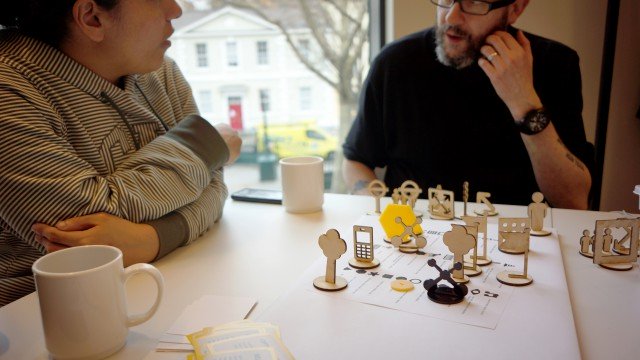
Visioning workshop, opportunity: Walking the City
Orientation is exceptionally difficult, with little or no visual cues and confusing soundscapes, alternative solutions are needed to guide…
We estimate that 4 million people will be living with sight loss in the UK by 2050. We need to better understand the problem from the individuals' perspective and identify integrated solutions to make cities enjoyable for everyone.
Watch our short films and find out more about the everyday challenges of people with sight loss and the remarkable ways which they are forced to overcome them.
Discover how we developed, trialled and tested our 3D soundscape technology on a route from Reading to London.
Learn about the emerging opportunities for city planners, architects, technologists and policy makers the world over.

Orientation is exceptionally difficult, with little or no visual cues and confusing soundscapes, alternative solutions are needed to guide…
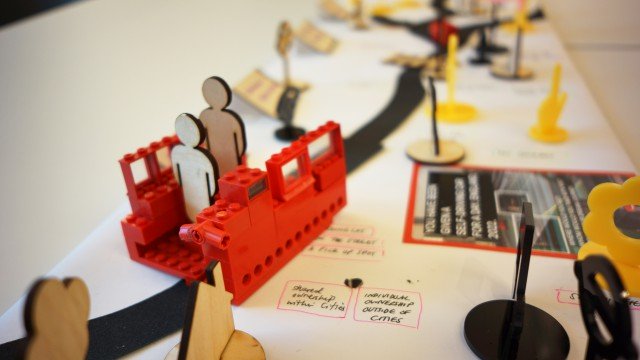
Existing street furniture and amenities can be a hindrance to the blind and partially sighted. Shared spaces and open streets can disrupt…
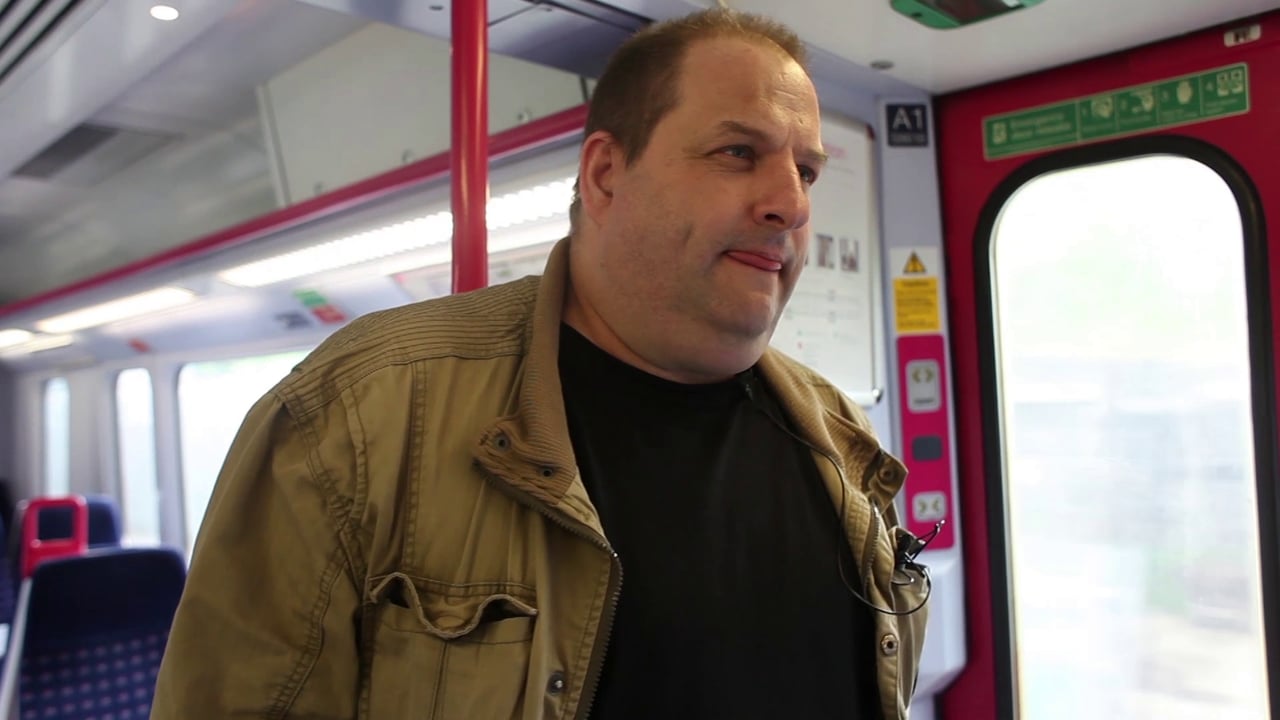
Changes in the sound of traffic, the sounds of different trains or of a shouting market stall holder are all examples of useful and…
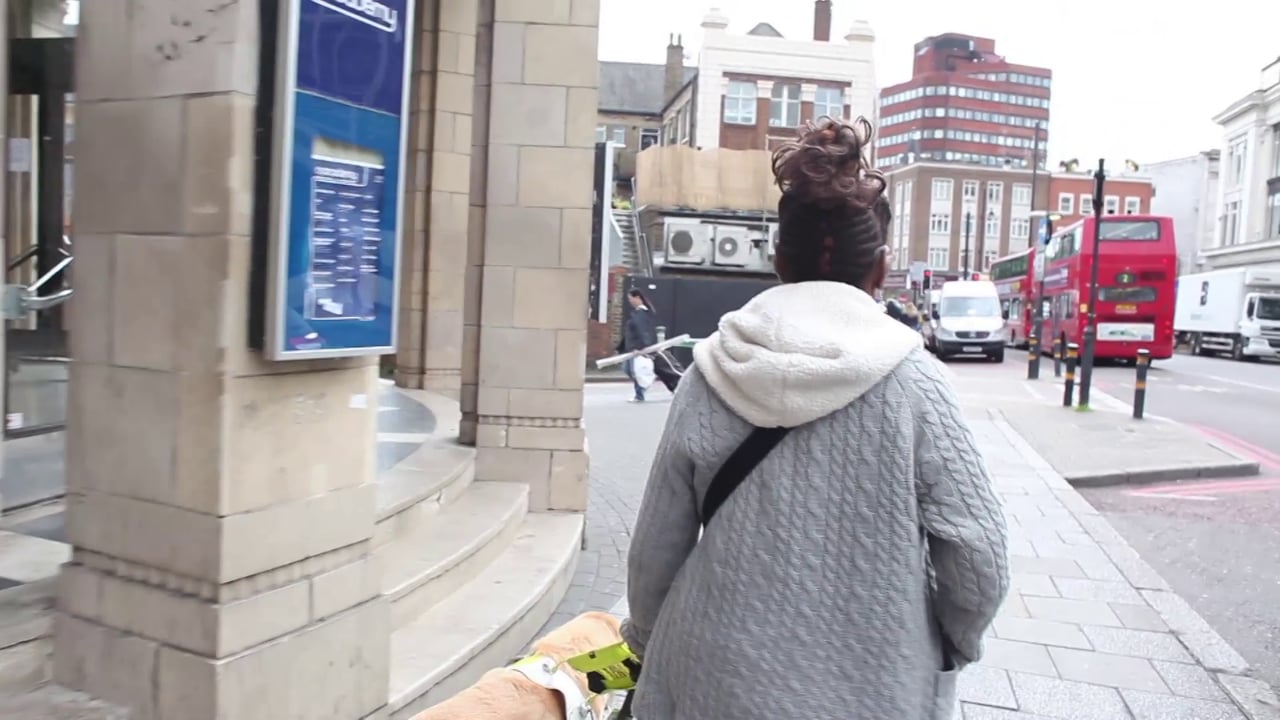
From fish to fried chicken people with sight loss use all sorts of smells as navigational cues. Like any other landmark for a smell to be…
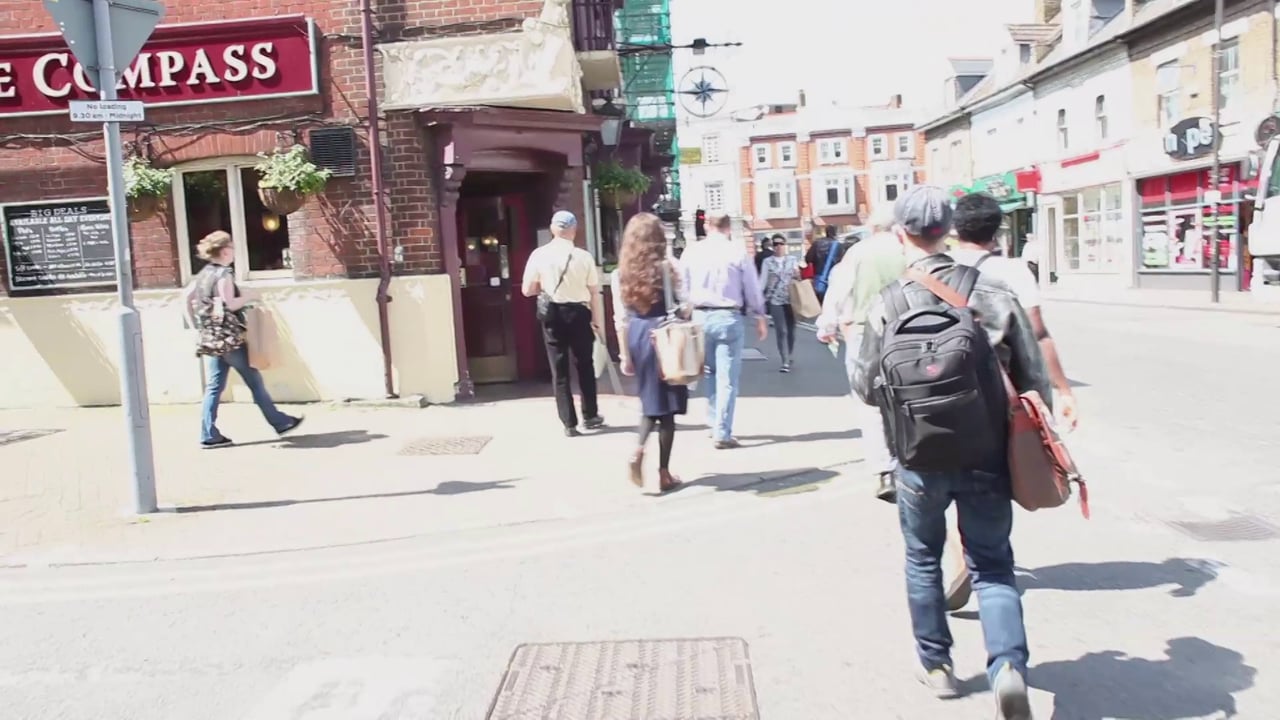
If a feature of the environment is detectable by them and always in the same place it can be used as a navigational landmark for someone…
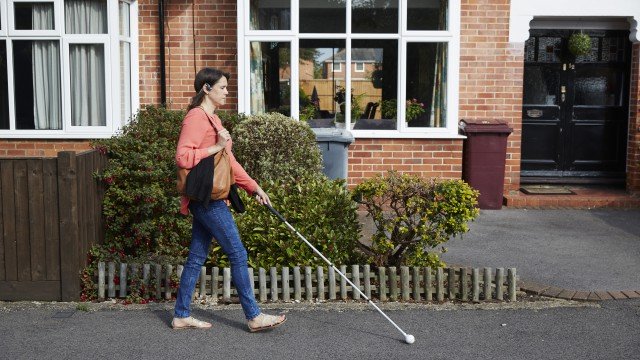
Kate leaves her house and walks down Tamarisk Avenue towards Reading town centre. She’s informed that there’s a new dropped kerb…
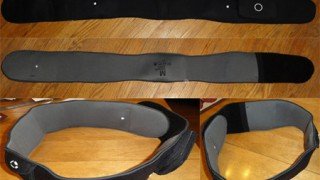
Developed by Tactile Sight, a spinoff of the University of Waterloo, the Tactile Belt functions much as a route planner such as Google…
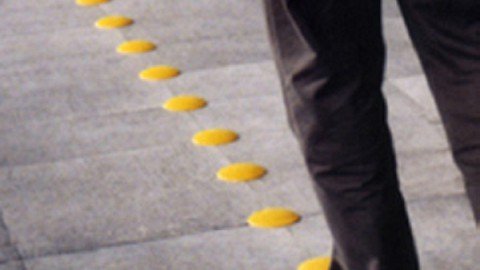
Designed by Raynes Associates, Tacdots are easy to install and easy to use tactile wayfinding dots. The dots can be used for inside and…
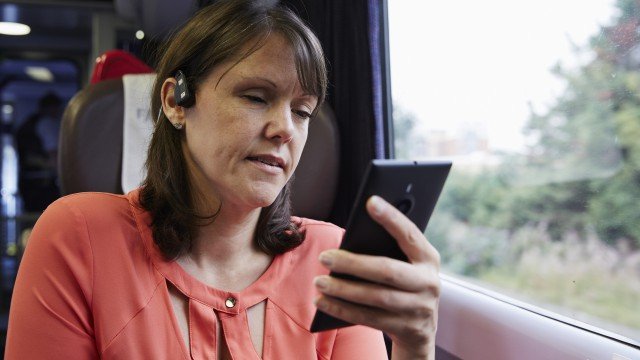
The train heads into London Paddington. Kate receives information about the route and is told that she’s passing Windsor Castle. The…
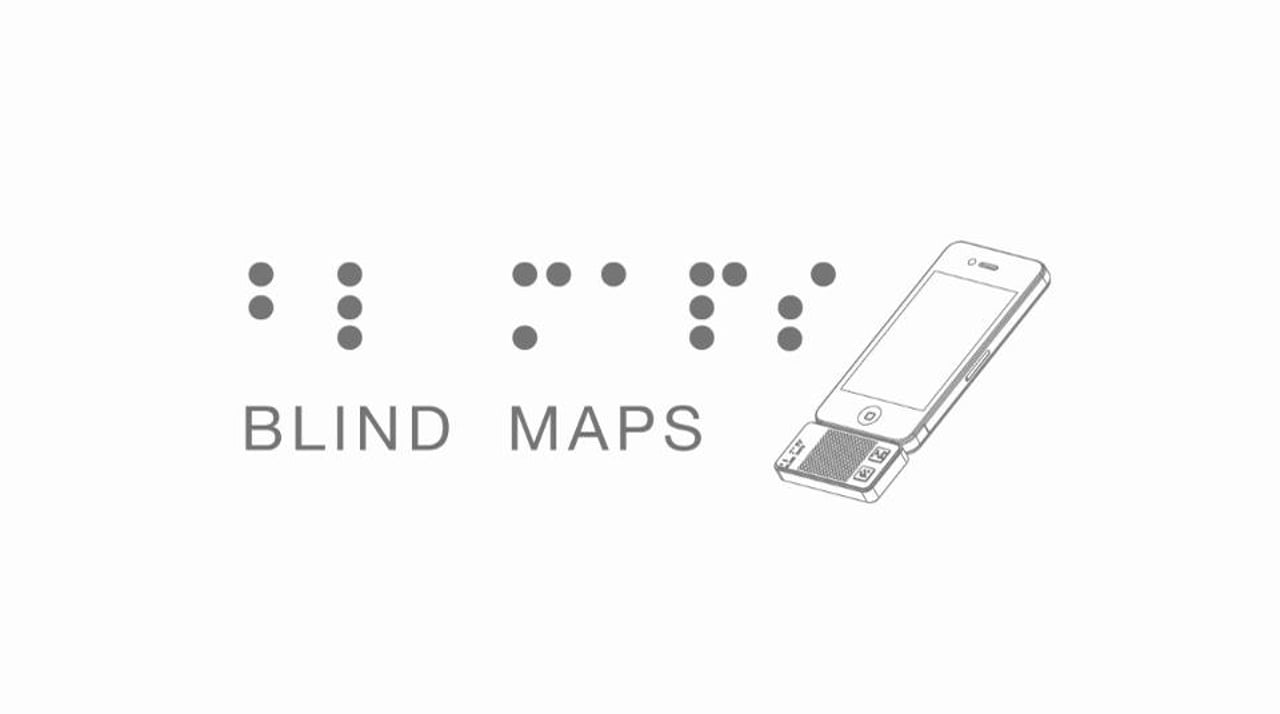
Andrew Spitz, Markus Schmeiduch and Ruben van der Vleuten took part in a 36 hour project at the Copenhagen Institute of Interaction Design…
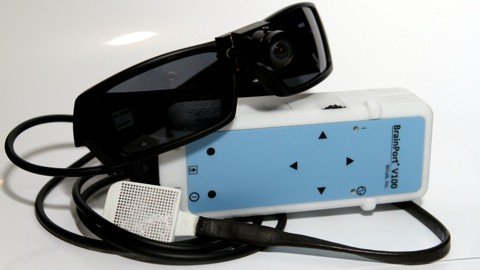
Sunglasses are worn by the user with a small digital video camera placed in the centre to capture visuals of the person’s…
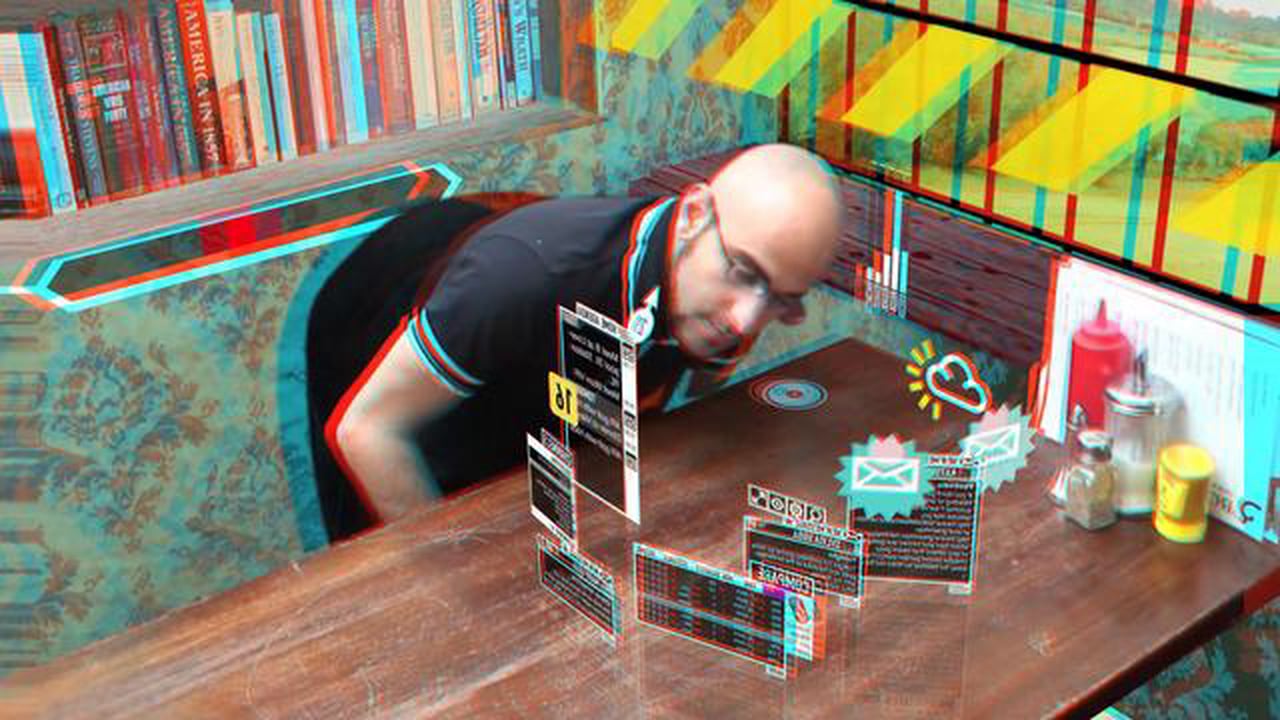
As part of his master-thesis, Keiichi Matsuda created a video that illustrates how we may experience our physical environment in the future…